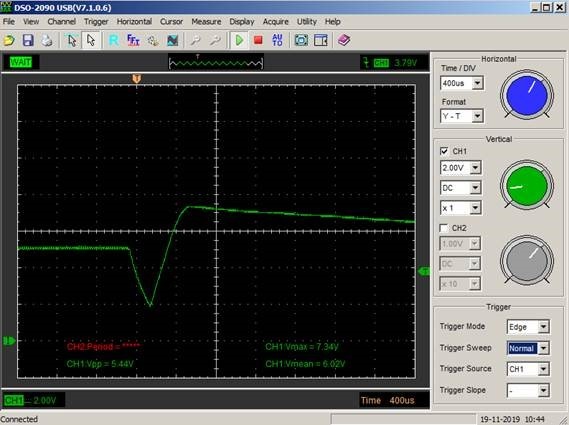Hello, my name is Dave
I have a question about the DRV8850 for which I have been trying to get an answer.
We're using the 8850 highly leveraged from the TI design and have had 3 of 20 fail in a short period of time
We know that there is internal short detection that protects the chip so we are concerned that we have done something wrong
Our first 20 boards were hand assembled and there were a few that had bad solder joints so we know there is an issue there
I saw that someone was having trouble with shorted parts but didn't see a remedy
We have a procedure for programming
Our process to program the controller (with connections to the output disconnected) is to connect the programmer to the board, plug the USB cable in to the laptop, turn on the 5V power to the board and then program. Then connect to the motor and it runs properly, power down, connect to a different motor and the 3A power supply goes into overcurrent, the chip doesn't get hot but the board is dead.
Subsequent powerup of the board doesn't crowbar the supply but the board has 1 amp current draw and the chip starts to heat rapidly.
I tried to contact Rick Duncan re:e2e.ti.com/.../843770 because it looked like a similar issue... If you don't understand perhaps you can give me an email for Rick that works and he probably will.



